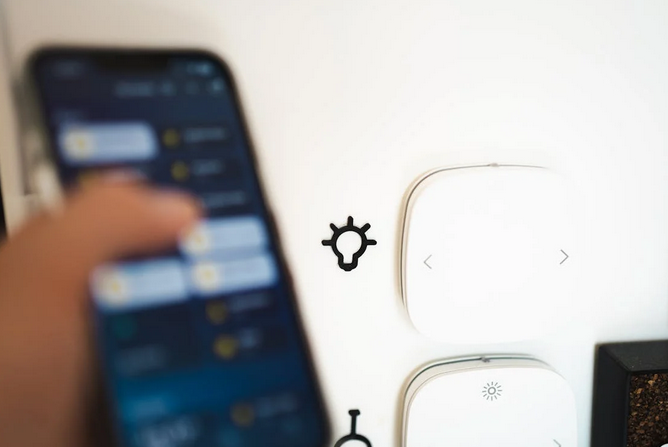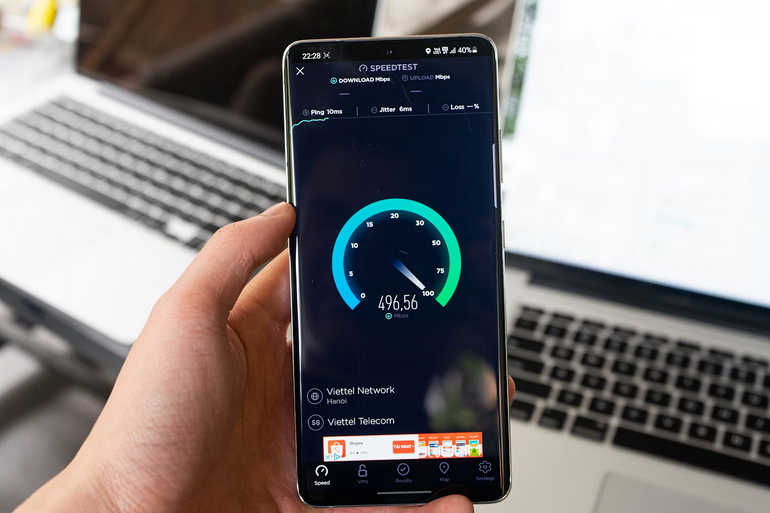Welcome to the future of urban living, where innovation meets sustainability and connectivity transforms our everyday experiences! In a world that’s rapidly evolving, cities are no longer just concrete jungles; they’re becoming vibrant ecosystems brimming with potential. Imagine stepping out of your smart home—a haven of technology tailored to your needs—only to find yourself in a bustling smart city, seamlessly integrating advanced infrastructure and intelligent systems designed for efficiency and livability. In this blog post, we’ll embark on an exciting journey through the evolution from individual smart homes to interconnected smart cities. Discover how cutting-edge technologies are reshaping landscapes, improving quality of life, and fostering community connections like never before. Get ready to explore how these innovations not only enhance urban environments but also pave the way for a sustainable future.
What Exactly Is a Smart Home?

At its core, a smart home uses technology to automate and control various functions like lighting, heating, and security through the internet. Imagine being able to control your lights with your voice, set your thermostat remotely while you’re on your way home, or receive a notification if someone enters your home when you’re not there. All of this is possible with smart home devices. Smart speakers like Amazon Alexa or Google Home are at the center of many smart homes, acting as the control hubs for everything from music to temperature. You can also integrate smart appliances such as refrigerators that monitor food inventory, ovens that can cook your meals to perfection without any guesswork, or even robot vacuums that clean your floors automatically while you’re out.
But it doesn’t stop there. Smart homes can increase energy efficiency by adjusting heating or cooling based on your habits or time of day, helping to lower your utility bills and reduce your carbon footprint. They can even enhance home security, with cameras, smart locks, and doorbell systems that allow you to monitor your property from anywhere in the world.
The Rise of Smart Cities
If smart homes are changing the way we live on a personal level, smart cities are working to transform urban living on a much larger scale. A smart city uses technology and data to enhance the quality of life for its residents, facilitate city functions, and make urban settings more sustainable and efficient. For example, smart cities use sensors to monitor traffic flow in real time, optimizing signal patterns to reduce congestion and improve the overall driving experience. This means less time spent stuck in traffic, less pollution, and more efficient use of transportation networks. Many cities are integrating autonomous vehicles into their transportation plans, which will further reduce traffic jams and make commuting safer and more convenient.
Beyond transportation, smart cities can optimize waste management by using sensors to track when trash bins are full, ensuring that waste is collected only when necessary and reducing unnecessary trips by garbage trucks. This not only saves time and fuel but also helps to minimize environmental impact.
The Role of Data and Connectivity

The backbone of both smart homes and smart cities is data. These systems collect vast amounts of data from various sensors, devices, and networks, and that data is then analyzed to improve efficiency, enhance services, and drive innovation. For example, in a smart city, data can be used to monitor air quality, track energy usage, and even predict when maintenance is needed on infrastructure. This allows city officials to make more informed decisions, plan for future growth, and respond more quickly to challenges like traffic accidents or infrastructure failures.
Similarly, smart homes use data to learn your habits and preferences, making daily life more convenient and efficient. Smart thermostats, for example, can learn when you’re usually home and adjust the temperature accordingly, saving energy when you’re not around. The key to all of this is connectivity. The Internet of Things (IoT) connects the devices in your home or city, allowing …



